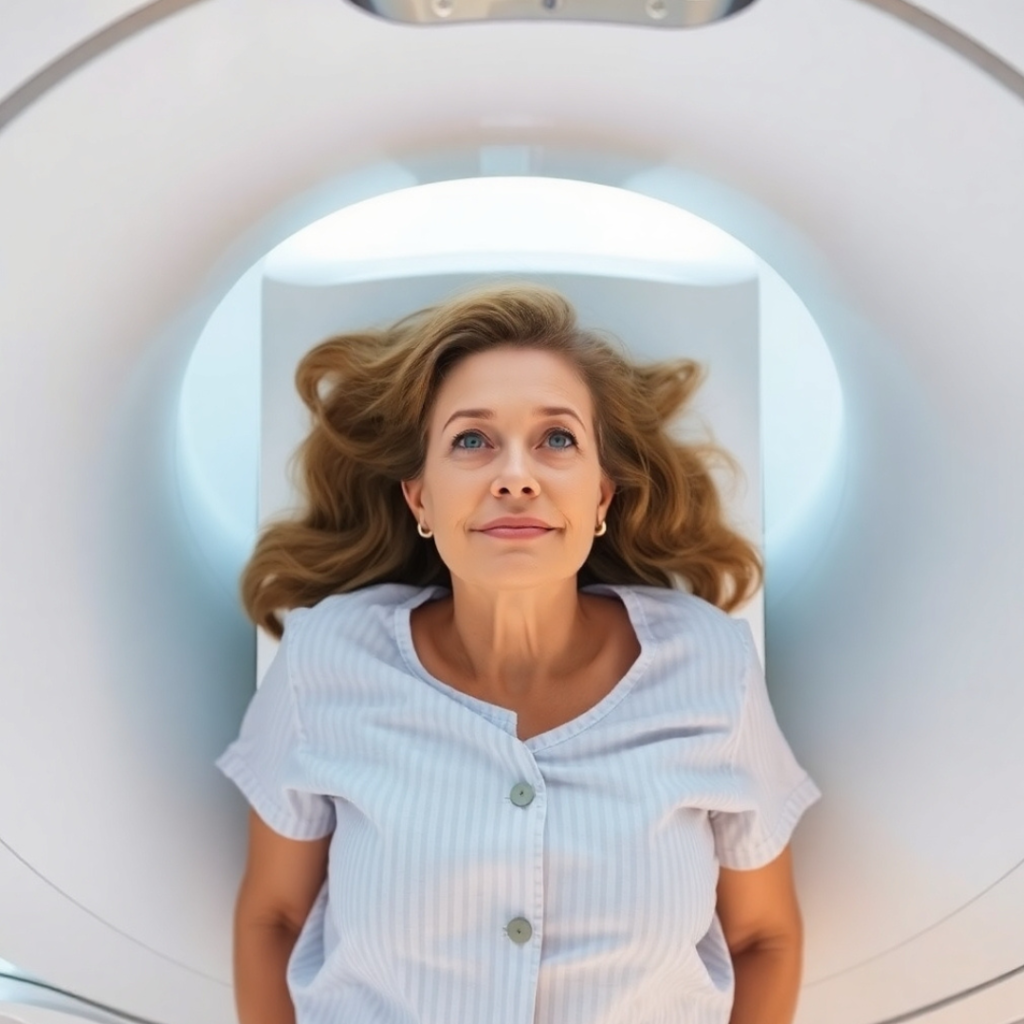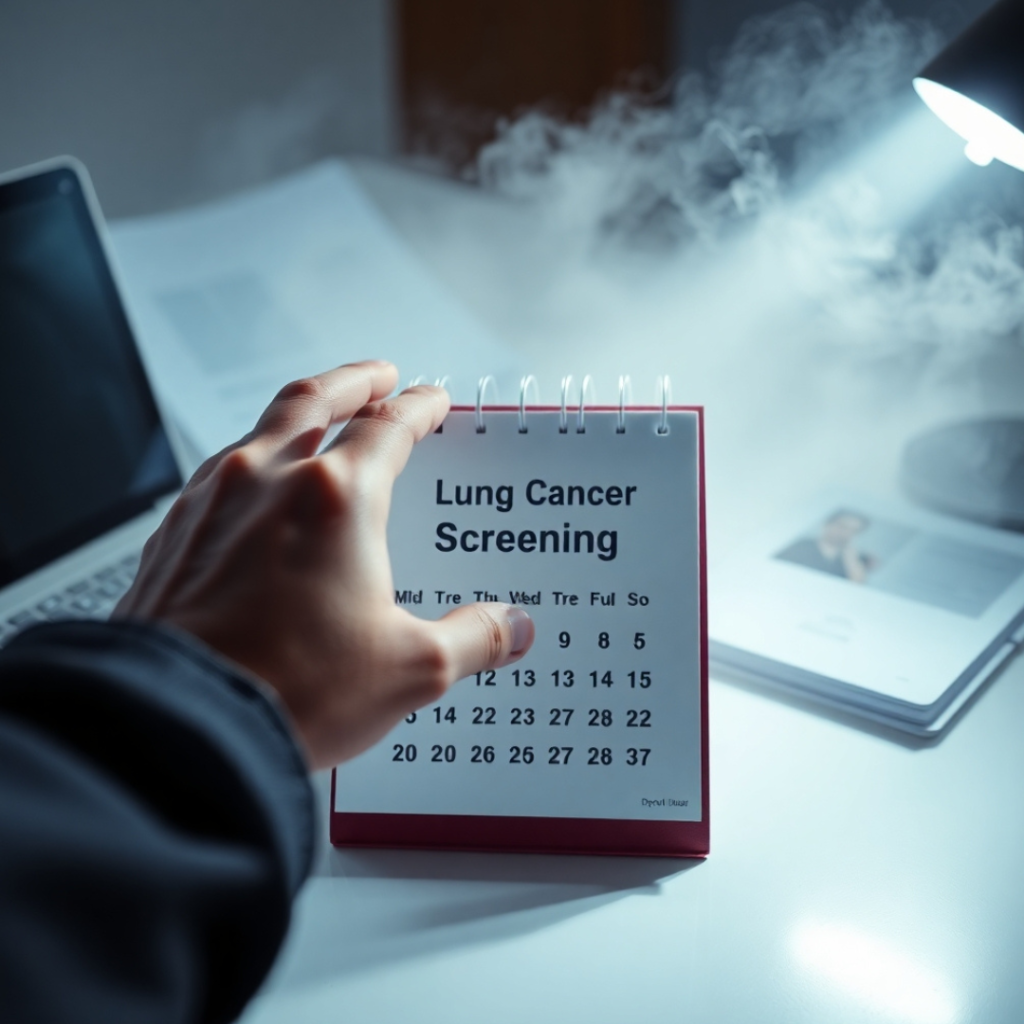
Lung Cancer Screening: A Friendly Guide to Catching It Early
Nobody wakes up thinking, “Today’s the day I get a lung cancer screening!” But if you’re here, you’re probably wondering: Should I get screened? What does it involve? Will it help? Let’s break it all down—no medical jargon, just real talk about why screening is worth considering and how it can save lives.
Lung cancer screening may seem intimidating, but it’s a vital step if you’re at high risk. Early detection can make a significant difference, improving treatment outcomes and boosting survival rates. Studies show that regular screening in high-risk groups can cut the risk of dying from lung cancer by up to 20%.
If you’re unsure about screening, keep reading. We’ll cover what it is, who needs it, how it works, and what to do if your results come back abnormal. Plus, we’ll address common concerns and myths to help you make the best choice for your health.
If you’re curious about the latest lung cancer treatments, check out The Latest Advances in Lung Cancer Treatment to see how new therapies are improving outcomes.
What is Lung Cancer Screening?
Lung cancer screening is a test designed to detect lung cancer early, often before symptoms appear. Since lung cancer usually develops quietly, screening can identify small issues when they’re still manageable. Early detection improves treatment options and survival rates significantly.
The most effective method for lung cancer screening is Low-Dose Computed Tomography (LDCT). This test uses a low dose of radiation to capture detailed images of your lungs. Unlike a standard X-ray, LDCT offers clearer images, making it easier for doctors to spot small abnormalities that could indicate early-stage lung cancer. The test is quick, painless, and non-invasive, making it a great option for those at high risk.
After the scan, doctors review the images for any unusual spots or nodules. Not all findings indicate cancer—many are harmless and just need monitoring. Detecting potential problems early gives you more treatment options and a better chance of a positive outcome.

If you want to know more about symptoms that might prompt screening, read our guide on Recognizing Lung Cancer Early Symptoms: What to Watch for and When to Act. Being aware of symptoms is a vital first step.
For those dealing with other risk factors like pollution or genetics, check out Lung Cancer Causes: What You Need to Know to Protect Yourself and Loved Ones to learn more.
Who Should Get Screened?
Lung cancer screening isn’t necessary for everyone, but if you fall into a high-risk group, it’s worth discussing with your doctor. Here’s a quick checklist to see if screening might be right for you:
Age: You’re between 50 and 80 years old.
Smoking History: You’ve smoked a pack a day for 20 years or more.
Current or Former Smoker: You quit within the last 15 years or still smoke.
Other Risk Factors: Family history of lung cancer, exposure to radon, asbestos, air pollution, or secondhand smoke.
If you meet most of these criteria, it’s a good idea to talk to your doctor about screening. Those with a family history of lung cancer or exposure to environmental toxins should be especially vigilant.
How Does the Lung Cancer Test Work?
One of the biggest misconceptions about lung cancer screening is that it’s complicated or uncomfortable. In reality, the most commonly used screening method, Low-Dose Computed Tomography (LDCT), is quick, painless, and straightforward.
What to Expect During the Screening:
Preparation: You may need to wear a hospital gown and remove any metal objects. No fasting or special prep required.
During the Scan: You’ll lie flat on a table that slides into the CT scanner. You may be asked to hold your breath for a few seconds to get a clear image.
Time: The scan itself takes about 5 minutes.
After the Scan: You can resume normal activities immediately—no downtime needed.
The scan captures detailed images of your lungs, allowing doctors to detect even small nodules that might indicate early-stage lung cancer. LDCT is the gold standard because it provides high-resolution images with minimal radiation exposure.
If you’re curious about how early detection impacts outcomes, read our article on Lung Cancer Survival Rate: Understanding Your Odds & Path to Survival. Early screening significantly improves survival rates.
What Happens If My Scan Shows Something?
Finding something abnormal on a lung cancer screening can feel overwhelming, but it doesn’t automatically mean you have cancer. In fact, most nodules detected through LDCT are not cancerous. They could be related to past infections, scar tissue, or other non-cancerous conditions.

Next Steps If Your Scan Shows Something Unusual:
Follow-Up Scan: Your doctor may recommend another LDCT in a few months to see if the nodule changes or grows.
Further Testing: If the nodule appears suspicious, additional tests like a PET scan or biopsy may be necessary.
Specialist Consultation: Your doctor might refer you to a pulmonologist or oncologist for a more detailed evaluation.
Monitoring: In some cases, small, stable nodules may just require periodic scans to ensure they don’t develop into something more serious.
It’s natural to feel anxious while waiting for results, but staying informed and keeping communication open with your healthcare team is crucial. Screening’s goal is to catch potential problems early, giving you the best chance at successful treatment.
For a deeper look at dealing with abnormal results, read our guide on Lung Cancer 4 Stage: What It Means, What to Expect, and How to Fight Back to understand how stages affect treatment decisions.
Pros and Cons of Lung Cancer Screening
Lung cancer screening has its advantages and potential drawbacks. Understanding both sides can help you make an informed decision about whether screening is right for you.
✅ Pros (Why Screening is Worth It):
Early Detection: Screening can identify lung cancer when it’s most treatable, significantly improving survival rates.
Reduced Mortality: Studies show that screening high-risk individuals can reduce lung cancer death rates by up to 20%.
Quick and Non-Invasive: The LDCT scan is fast, painless, and doesn’t require any needles.
Insurance Coverage: Most insurance plans cover LDCT for those at high risk, making it accessible.
Peace of Mind: Regular screening helps you stay proactive about your health.
⚠️ Cons (Things to Consider):
False Positives: Sometimes, the scan may detect nodules that are not cancerous, leading to unnecessary worry and additional tests.
Overdiagnosis: Some small, slow-growing cancers may never cause harm, but screening could still lead to treatment.
Radiation Exposure: While the radiation dose is low, repeated screenings could slightly increase the risk of radiation-induced cancer.
Cost and Accessibility: Not everyone has easy access to a screening facility, and out-of-pocket costs may vary.
If you’re weighing the decision to get screened, discuss your specific risk factors with your healthcare provider. Understanding both the benefits and the limitations can help you make a choice that aligns with your health goals.
For more insights on reducing cancer risks, read Colon Cancer Risk Factors: What Increases Your Risk and How to Take Control to learn about similar preventive strategies for other cancer types.
Lung Cancer Screening Options & Next Steps
If you’re considering lung cancer screening, it’s essential to know your options and take the necessary steps to protect your health. Here’s how to get started:
1. Talk to Your Doctor:
Discuss your risk factors with your healthcare provider to determine whether lung cancer screening is appropriate for you. Your doctor can help you weigh the benefits and risks based on your medical history and lifestyle.
2. Check Your Insurance Coverage:
Most insurance plans, including Medicare, cover LDCT screening for high-risk individuals. Verify your coverage before scheduling an appointment to avoid unexpected costs.
3. Find a Screening Center:
Choose a facility with experience in lung cancer screening. Look for centers accredited by the American College of Radiology (ACR) to ensure high-quality care.
4. Schedule Your Screening:
Once you’ve discussed your options and confirmed coverage, make your appointment. Early detection can make all the difference in treatment success.
5. Follow Up Regularly:
Even if your first screening is clear, your doctor may recommend regular follow-ups to monitor any changes, especially if you remain at high risk.
If you’re exploring screening options for other cancers, check out Breast Cancer Screening: Your Ultimate Guide to Early Detection & Prevention for insights into how screening strategies differ by cancer type.
Taking these steps not only safeguards your lung health but also gives you peace of mind. Early detection truly saves lives, so don’t hesitate to take action.
Beyond Screening: What Are the Best Lung Cancer Treatments?
If a screening test reveals lung cancer, it’s understandable to feel overwhelmed. The good news is that treatment options are more advanced and effective than ever. Depending on the stage and type of lung cancer, your healthcare team will recommend a tailored treatment plan.
1. Surgery:
Surgery is often the first line of treatment when lung cancer is detected early. The goal is to remove the tumor and surrounding tissue. Common procedures include:
Lobectomy: Removing one lobe of the lung.
Pneumonectomy: Removing the entire lung if cancer has spread extensively.
Segmentectomy/Wedge Resection: Removing a small section when cancer is localized.
For a deeper understanding of how lung cancer stages influence treatment decisions, check out Lung Cancer Stages Explained: What You Need to Know for Yourself or a Loved One.
2. Radiation Therapy:
Radiation uses high-energy beams to destroy cancer cells. It’s often used when surgery isn’t an option or post-surgery to eliminate remaining cells. Radiation can be external or internal (brachytherapy).

3. Chemotherapy:
Chemotherapy uses drugs to kill cancer cells and is often combined with other treatments. It’s especially effective when cancer has spread beyond the lungs.
4. Targeted Therapy:
These treatments focus on specific genetic mutations or proteins that drive cancer growth, offering a more precise approach than traditional chemotherapy.
5. Immunotherapy:
This innovative treatment boosts your immune system to fight cancer. It’s particularly beneficial for certain types of advanced lung cancer.
For insights into how lifestyle changes can complement treatment, explore The Ultimate Guide to Liver Health: What You Need to Know to Stay Strong. Maintaining overall health can improve treatment outcomes.
6. Palliative Care:
Even if the cancer is advanced, palliative care focuses on improving quality of life by managing symptoms and providing emotional support.
Exploring your treatment options with your healthcare team will help you make informed decisions and take control of your cancer journey.
Should You Get Screened for Lung Cancer?
Deciding to undergo lung cancer screening can feel daunting. The key is understanding your personal risk factors and the potential benefits of screening. Let’s break down who should consider screening and why.
Who Should Seriously Consider Screening?
Lung cancer screening is highly recommended if you meet the following criteria:
Age: Between 50 and 80 years old.
Smoking History: Smoked at least a pack a day for 20 years.
Current or Former Smoker: Quit within the last 15 years or still smoking.
Family History: Close relatives with lung cancer.
Exposure to Risk Factors: Such as radon, asbestos, or significant air pollution.
If you’re unsure whether you fit these categories, discussing it with your doctor can clarify your risk. Sometimes, a simple conversation can make a big difference.

Benefits of Screening:
Early Detection: Identifies lung cancer when it’s most treatable.
Improved Survival Rates: Catching cancer early significantly boosts outcomes.
Peace of Mind: Knowing your status reduces uncertainty.
Proactive Health Management: Helps you make informed healthcare choices.
Challenges and Considerations:
False Positives: Screening may detect benign nodules, leading to additional tests.
Radiation Exposure: LDCT uses low-dose radiation, but the risk is minimal compared to the potential benefits.
Overdiagnosis: Some detected nodules may never develop into harmful cancer.
Take Action for Your Lung Health
Lung cancer screening isn’t just about detecting cancer—it’s about giving yourself the best chance at a healthy future. By catching lung cancer early, you increase your treatment options and improve your chances of long-term survival. Screening can seem daunting, but taking that first step is empowering.
What You Can Do Today:
Talk to Your Doctor: Start the conversation about your risk factors and whether screening is right for you.
Know Your Risk: Stay informed about your smoking history, age, and other factors that increase your risk.
Take Charge: Don’t delay screening if you’re in a high-risk category—it could save your life.
Follow Up: If your doctor recommends screening, make an appointment as soon as possible.
Be Proactive, Not Reactive
Lung cancer screening is a proactive choice—one that puts you in control of your health. By understanding your risks and staying vigilant, you’re taking positive steps to safeguard your future.
If you found this guide helpful, please share it with someone who might benefit. Early detection saves lives, and sharing information could make a difference.
For more on reducing cancer risk through lifestyle changes, explore Exercise and Breast Cancer: How Moving Your Body Can Protect Your Health. Regular exercise is a powerful way to reduce cancer risk, regardless of the type.
Sources
- American Cancer Society. “Lung Cancer Screening Guidelines.”
- Centers for Disease Control and Prevention (CDC). “Lung Cancer Screening.”
- National Cancer Institute. “Should I Get Screened for Lung Cancer?”
